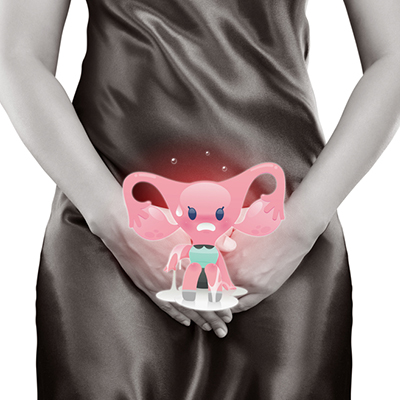white discharge in Anantapur
Women experience different levels of vaginal discharge needing Treatment for white discharge in Anantapur. Some individuals may have a higher volume of discharge, while others may have minimal amounts. Any alterations in the color, consistency, odor, or quantity of your typical vaginal discharge could indicate an underlying issue. Fortunately, most causes of abnormal vaginal discharge can be effectively treated with medication. While vaginal discharge is a natural and normal occurrence, any changes in its characteristics may signal an infection or other health concerns.
Normal vaginal discharge is typically clear or white in color. It should not have an unpleasant odor, and its consistency may vary during different phases of the menstrual cycle. Additional features of vaginal discharge as per Best White Discharge Hospital in Anantapur include -
- Texture - It is typical for vaginal discharge to vary in consistency, ranging from watery and sticky to thick and pasty. This variation is primarily influenced by hormonal changes in the body; however, infections can also alter the texture of the discharge. If the discharge appears chunky, foamy, or is accompanied by itching and discoloration, it may indicate the presence of an infection.

- Color- Healthy vaginal discharge is generally clear, milky white, or off-white. Discharge that is dark yellow, brown, green, or gray may suggest an infection or other underlying issues.
- Smell- Vaginal discharge can have a scent, but it should not be strong or unpleasant. A fishy or foul odor, particularly when accompanied by changes in texture or color, may signal a vaginal infection.
- Amount- The volume of vaginal discharge can vary significantly among individuals; some may experience a greater amount while others have less. Factors such as pregnancy, the use of birth control pills, or ovulation can influence the quantity of discharge. A sudden change in the amount of discharge may indicate a potential problem.
It is advisable to reach out to your healthcare provider at Best Gynecology Hospital in Anantapur if you observe any alterations in the color or texture of your vaginal discharge, particularly if these changes are accompanied by additional symptoms such as an unpleasant odor, itching, or a burning sensation. An examination is recommended to determine the presence of an infection. You may experience variations in the color, volume, or odor of your discharge, as well as irritation around the vaginal opening. Additionally, you might notice these changes occurring before or after your menstrual period. Alterations in vaginal discharge may indicate a vaginal infection, although this is not always the case needs attention of Dr. G. P Sandhya Reddy.
